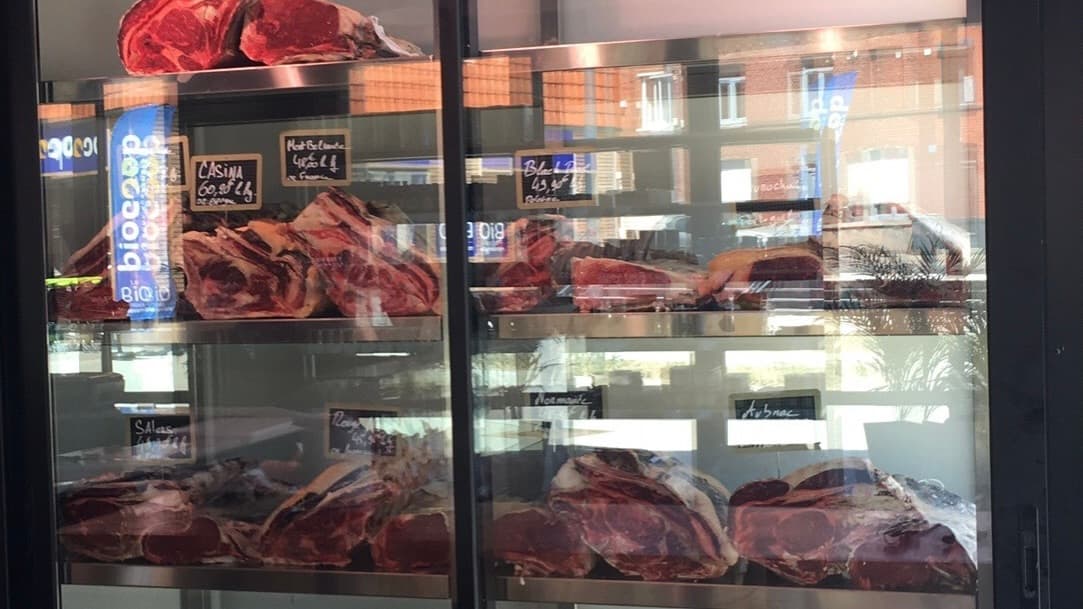This article discusses my experiences in developing a product, emphasizing the challenges of making progress when there's widespread skepticism about convincing customers of the product's necessity. It also explores the complexities of innovating in a market that steadily shrinks over time and offers insights into finding motivation while working independently.
The light bulb 💡
Going back to the roots
As I grew up,I began going to the grocery store on my own, transitioning from selecting food from the fridge to actively choosing ingredients for cooking.
In northern France, the norm is to have establishments known as hypermarkets, akin to Walmart. The concept originated in France with Carrefour and was subsequently adopted by Auchan. I am particularly familiar with Auchan, as it was founded by the Mulliez family in the 1960s, with deep roots in my local city of Roubaix-Croix.

Getting to the crowded grocery store was not a pleasing experience. I realized that going to corner stores like butcher, fishmonger, greengrocer presented a significantly better alternative. The benefits include expert recommendations and a more serene shopping environment. This realization led me to going to the butcher once a week where I not only received valuable guidance but also discovered that I could get better quality products at the same cost.
The dry aging process
Exploring the butcher shop introduced me to the world of dry-aged meat.
Dry aged meat is a unique culinary experience. To put it simply, we take a piece of meat, preferably with a layer of fat, and place it in a special fridge. This fridge isn't your usual one : it's a smart appliance that keeps an eye on humidity, temperature, and the weight of the meat. This monitoring triggers a chemical reaction that breaks down the meat fibers, making it tender and giving it a nutty flavor.
While not every butcher offers a dedicated dry-aged cabinet, the one I frequented had an expansive fridge showcasing a diverse range, from Normande and Black Pearl to Irish beef.

However, dry-aged meat is much more expensive than regular one ranging from 2x to 3x price increase. It is not anodin, in face the butcher has to take care of the dry-aging time, shrinkage of the meat and also the reimbursement of the dry aging cabinet.
Where engineering background shines
This sparked my engineering curiosity like Alex in this video. We both realized that we might be able to create our own dry aging appliance and quickly get a return on our investment since we only had to buy regular meat (which is much more affordable).
That’s how I have been dreaming about dry aging appliance, filling patents and tinkering for the past 2 years. I strongly believe that leveraging new technologies can significantly cut down the costs associated with existing appliances, such as Dry Ager cabinets which typically start at a minimum of $2000 and are primarily designed for professionals.
Skepticism and motivation, keys to success
I encountered individuals expressing skepticism, stating that this concept had no future and that the rise of veganism would adversely impact my market. Despite these opinions, I firmly believe that people will continue to consume meat for the foreseeable future. While there may be a shift towards reduced meat consumption, which aligns with my product's promotion, this doesn't pose a concern for me.
I find satisfaction in encountering skepticism about my idea, as it provides an opportunity to challenge the concept and fortify my motivation. I am motivated to prove doubters wrong and demonstrate the true potential of my innovation.
For the next year, I will be truly dedicated to this project, sharing my progresses and findings through this blog. Consider subscribing to follow my journey!